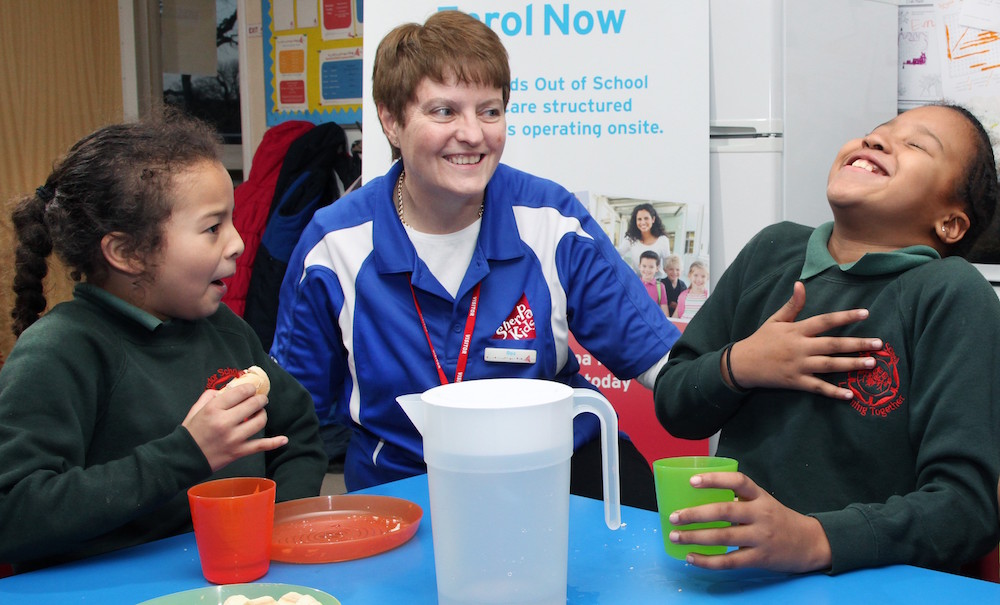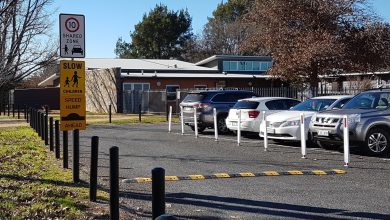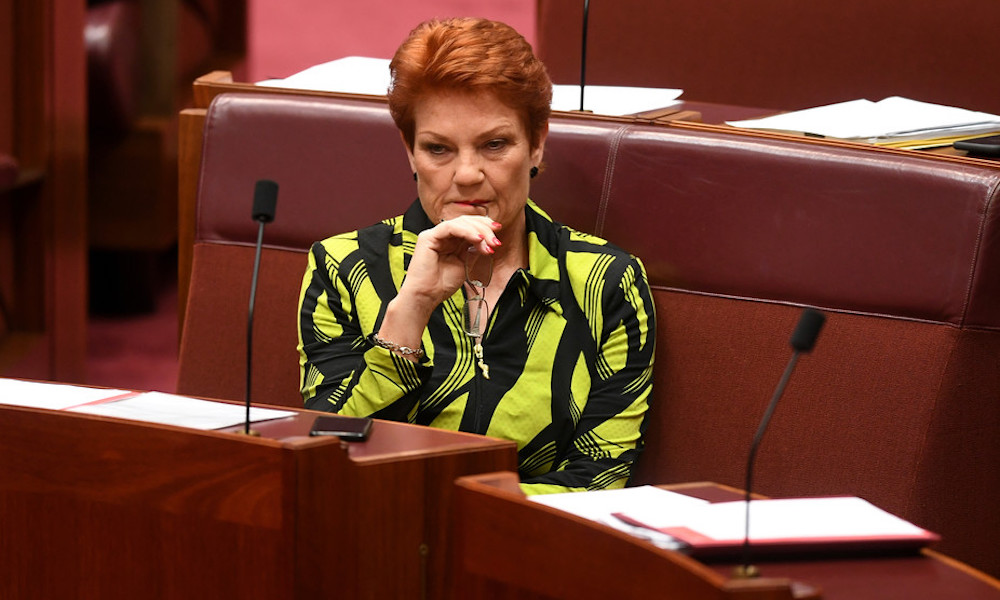Consolidation in OOSH care ‘causing problems’

When a non-verbal seven-year-old boy with autism and Down syndrome walked unnoticed out of his Western Australian after-school care and into a stranger’s back yard last year, the shockwaves reverberated throughout the education and childcare sectors.
Worryingly, it wasn’t a one-off. Examples of these incidents abound; most recently allegations that two five-year-olds left two separate centres unsupervised in July and August.
None of this should be coming as a surprise to anyone who has watched the evolution of the Australian OOSH (Out of School Hours) care sector over the past decade or so.
Part of the issue is that while new laws, regulations and administrative requirements are forcing long overdue change on the sector, very little has had to change in the way OOSH or OSHC (Outside School Hours Care) services are actually delivered.
Rampant consolidation within the sector has resulted in larger and larger groups of children being placed into single service provision centres, with very little in the way of structured supervision.
Behind this trend, lies a seemingly insatiable demand for this type of child care. Commonwealth reports show that in 2013 there were 100,000 more children in OOSH care (335,000) than in 2004 (225,000). More than two thirds of that growth (66,950) occurred after September 2010, and demand for after-school care providers continues to outstrip supply in most areas.
Volunteer-managed OOSH or OSHC committees are struggling with the issue of out of school care in the face of new regulatory reforms that increase quality expectations but also increase administrative burdens.
The net result is that senior educators are looking for a better way and OOSH service providers are frequently an attractive option, which brings the story full circle, back to our view that consolidation within the industry has got to the point where it’s causing problems.
This is a stale sector of the child care market. Some of the more established providers have been around for decades, and in many cases, they’ve degenerated into little more than a corporate baby-sitting service.
This is where the rot starts. It’s just not good enough to chuck a few toys and some balls at a couple of hundred kids and tell them to go off and play. Of course, a few of them are going to find a hole in a fence somewhere and go walkabout. It’s entirely predictable. It’s also preventable. But first real structural change needs to happen in the way OOSH services are tendered and commissioned.
The big players are now doing their thing on an almost industrial scale. So, when they come to tender for a service at any given school, they can pretty much buy their way in by way of shovelling much of their fee right back at the school in the form of a ‘financial contribution’.
Of course, principals and OOSH committees are going to look really carefully at these attractive financial models.
However, as with most things, there’s a trade-off, and in our sector, that’s the large volume, unstructured environment I was talking about earlier. The feedback I’ve received from schools indicates that carers and teachers are becoming a bit leery and twitchy about the industrialisation of OOSH. This is much of what’s driving one of the biggest shifts likely to impact the OOSH sector, ‘a sea change’ perhaps in when and where OOSH services are offered.







